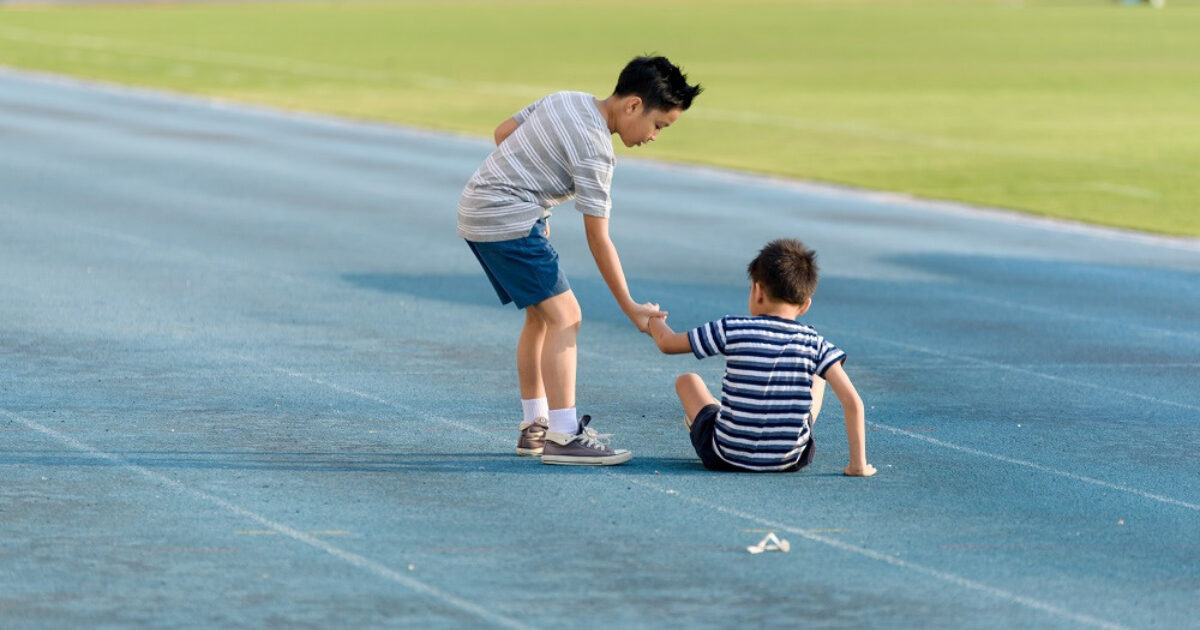Child Development: A Comprehensive Guide

What is Child Development?
Child development refers to the changes and growth that occur in a child from birth to adulthood. These changes can be physical (like growing taller or gaining motor skills), cognitive (such as learning to solve problems or develop language), emotional (such as learning to express feelings), and social (like forming relationships). This multifaceted development affects all aspects of a child’s life and sets the foundation for their future well-being.
The Stages of Child Development
Child development is typically broken down into several stages. Each stage brings about distinct changes in how children think, feel, and behave. Let’s look at these stages in more detail:
Infancy (0-2 Years)
During the infancy stage, babies experience rapid growth and development. They begin to interact with their surroundings and form attachments to caregivers. They also develop basic motor skills, such as rolling over, sitting up, and crawling. Cognitive abilities are also beginning to emerge as babies start to recognize familiar faces and respond to stimuli.
Early Childhood (3-5 Years)
In early childhood, children become more independent and begin to explore the world around them. They develop their motor skills further, learn to walk, run, and climb. Cognitive development also accelerates, as children start to understand simple concepts, solve basic problems, and use more words to communicate. Socially, they start to play with other children and develop friendships.
Middle Childhood (6-11 Years)
Middle childhood is when children begin formal education. During this time, their cognitive skills become more sophisticated, allowing them to solve more complex problems and think logically. Physically, they become stronger, more coordinated, and more confident in their abilities. Socially, they form more meaningful relationships and learn to navigate group dynamics.
Adolescence (12-18 Years)
Adolescence is a time of significant change, as children transition into young adulthood. Physically, they undergo puberty, experiencing growth spurts and hormonal changes. Their cognitive abilities allow them to think more abstractly and make independent decisions. Socially, peer relationships become incredibly important, and identity formation becomes a key focus during this stage.
Key Areas of Child Development
Child development occurs across multiple domains, with each area influencing and supporting the others. Here are the primary areas of development:
Cognitive Development
https://www.parentingpro.net/ involves the growth of a child’s ability to think, reason, and understand the world. This includes everything from learning to recognize shapes and colors to solving complex math problems. A child’s brain undergoes rapid changes, especially in the first few years, which influences their ability to think logically and critically.
Emotional and Social Development
Emotional and social development is the process which children learn to understand and manage their emotions, as well as form relationships with others. This includes recognizing feelings, building empathy, and navigating friendships. Healthy emotional and social development helps children build resilience and form healthy, positive connections throughout life.
Physical Development
Physical development focuses on a child’s growth in terms of height, weight, motor skills, and overall physical capabilities. This includes learning to crawl, walk, and run, as well as fine motor skills like holding a pencil or using scissors. Proper nutrition, exercise, and sleep all play a crucial role in supporting healthy physical growth.
Language Development
Language development is the process which children learn to communicate through speaking, listening, and understanding. From babbling as infants to using full sentences as toddlers, language skills evolve quickly. A child’s ability to communicate clearly and effectively is closely linked to cognitive and social development.
Factors Influencing Child Development
Several factors can influence how a child develops. Some are beyond our control, like genetics, while others can be shaped our environment. Let’s take a look at the key factors that impact child development:
Genetic Factors
Genetics plays a major role in determining physical traits, temperament, and even certain cognitive abilities. However, genetics doesn’t determine everything. While children may inherit traits like eye color or height from their parents, the environment they grow up in will also shape who they become.
Environmental Influences
The environment a child grows up in, including their home, community, and culture, has a profound impact on their development. A nurturing environment filled with positive reinforcement, safe surroundings, and access to learning opportunities promotes healthy growth. Conversely, exposure to stress, neglect, or violence can have a detrimental effect on development.
Parenting Styles and Their Impact
The way parents raise their children can significantly affect their development. Authoritative parenting, characterized warmth, structure, and communication, tends to support optimal development. On the other hand, authoritarian or neglectful parenting can hinder a child’s emotional and social growth.
Supporting Healthy Child Development
As caregivers and educators, there are many ways we can support healthy child development. Let’s explore some key strategies:
Nutrition and Exercise
Proper nutrition is the foundation of healthy physical growth, while exercise supports motor development and general well-being. Ensuring that children get a balanced diet rich in vitamins, minerals, and protein will help them develop the energy and strength they need. Regular physical activity also supports coordination, motor skills, and overall physical fitness.
Mental Health and Emotional Well-being
Mental health is just as important as physical health when it comes to child development. Children need a supportive environment where they feel safe to express their feelings and learn to manage stress. Encouraging open communication, offering emotional support, and creating a stable home environment all contribute to a child’s mental well-being.
The Role of Play in Development
Play is one of the most powerful tools in a child’s development. Through play, children learn problem-solving, social skills, creativity, and emotional regulation. Whether it’s through solo play, group activities, or imaginative games, play helps children make sense of the world around them.
Common Developmental Milestones
Each child reaches certain milestones as they grow. While every child is unique, here are some common milestones parents and caregivers should look for:
Physical Milestones
Physical milestones include learning to roll over, sit up, walk, and use fine motor skills like picking up small objects. These milestones help us understand how a child’s physical abilities are progressing.
Cognitive Milestones
Cognitive milestones involve things like recognizing shapes and colors, developing problem-solving skills, and understanding cause-and-effect relationships. These milestones show how a child’s brain is processing and making sense of information.
Social and Emotional Milestones
Social and emotional milestones include a child’s ability to form friendships, express emotions, and understand social cues. These milestones are crucial for building a strong foundation for emotional intelligence and relationship-building.
Conclusion: Nurturing the Next Generation
Child development is a complex process that takes place over many years. From infancy to adolescence, every stage brings new challenges and exciting milestones. By understanding these stages, the key areas of development, and the factors that influence growth, we can better support children as they navigate their journey into adulthood. Whether you’re a parent, caregiver, or educator, creating a nurturing environment is essential for fostering a child’s potential and well-being.








